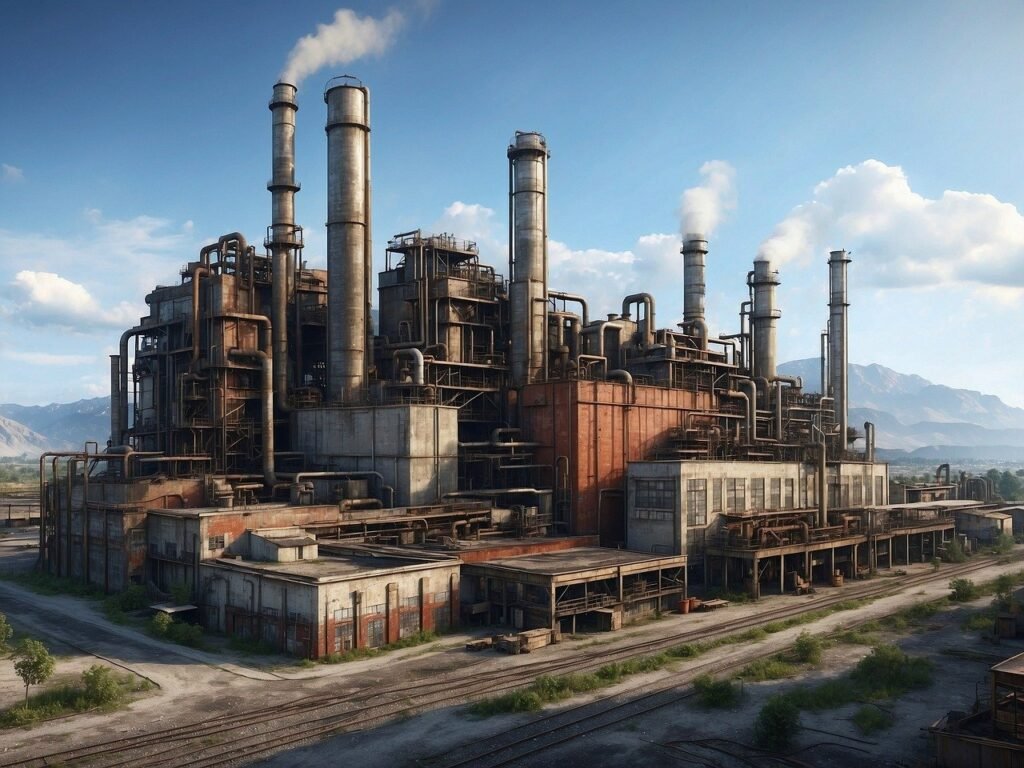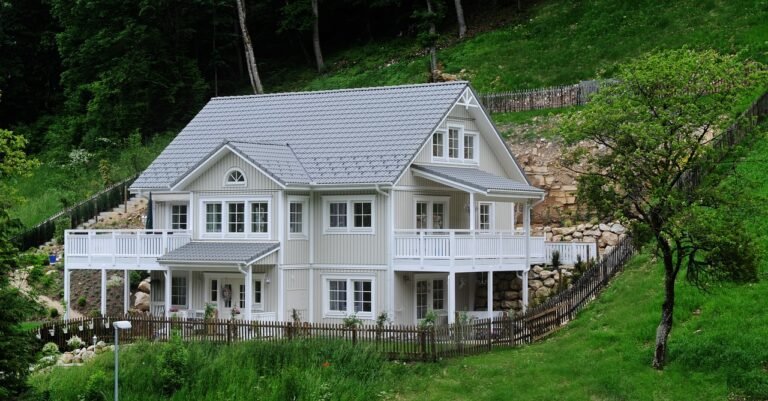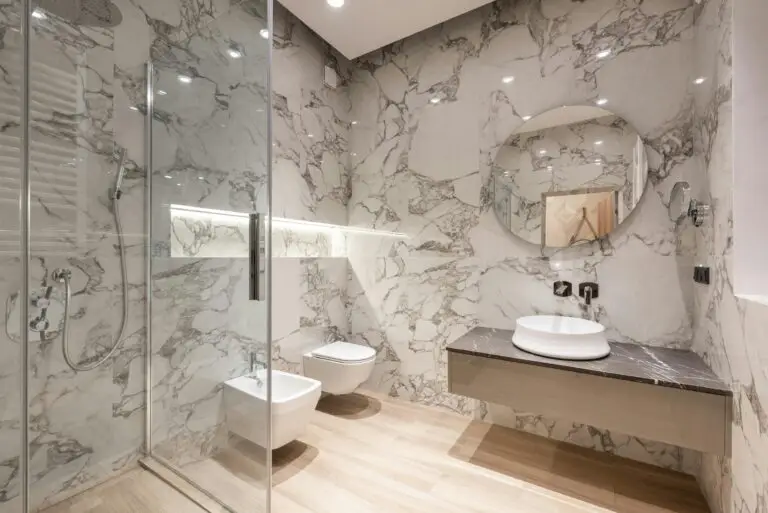Industrial Architecture: Designing the Future of Factories
Industrial structure specializes in the design and construction of homes and structures for industrial use. It involves developing useful and efficient spaces for production, production, and garage.
Industrial architecture performs a vital function in shaping the contemporary commercial panorama. From factories and warehouses to distribution facilities and business parks, those systems are designed to meet the unique wishes of industrial operations. The architectural design needs to prioritize protection, workflow optimization, and sustainability to guide the productiveness and capability of the commercial centers.
By integrating progressive design ideas and advanced construction techniques, business architecture keeps conforming to satisfy the converting needs of the economic quarter. This dynamic field combines creativity with practicality to supply spaces that force industrial progress and innovation.

The Evolution of Industrial Architecture
Industrial structure has undergone a large evolution over time. Initially, its primary recognition became on characteristic, with little attention given to aesthetics. However, as the industrial revolution improved, designers began to pay extra attention to shape, resulting in the emergence of influential moves and designers. One such movement turned into the Bauhaus, which emphasised the significance of capability and ease in layout. Architects such as Le Corbusier and Frank Lloyd Wright also performed a huge function within the evolution of commercial architecture, with their innovative designs and emphasis on feature. Today, commercial architecture continues to conform, with a focus on sustainability and incorporating generation into layout. Architects are also exploring new substances and creation techniques to create buildings that are not best functional however also visually appealing.
Key Elements In Modern Factory Design
Industrial structure performs a critical function in the layout and production of contemporary factories. Key factors in this procedure include sustainability and green building, technological integration, and employee properly-being.
Sustainability and inexperienced building practices are essential in modern-day manufacturing unit design. This involves making use of strength-efficient structures, incorporating renewable energy sources, and imposing waste reduction strategies.
Technological integration is any other essential issue. This consists of the use of superior automation structures, IoT devices, and facts analytics to optimize manufacturing approaches and enhance ordinary performance.
Worker properly-being is likewise prioritized in current factory design. This encompasses developing ergonomic workspaces, imparting good enough lights and ventilation, and making sure proper safety measures are in area.
Overall, modern-day factory layout ambitions to create sustainable and efficient spaces that prioritize each environmental duty and worker pleasure.

Case Studies: Pioneering Projects
Industrial structure has visible incredible improvements in recent years. The Tesla Gigafactory stands as a testament to innovation and performance in business layout and production. This pioneering assignment has set a brand new popular for sustainable and futuristic production centers. On the opposite hand, The Crystal showcases the capability for green production. Its design consists of cutting-edge sustainable technologies, making it a prime example of environmentally aware industrial structure.
Conclusion
Industrial structure is a important thing of contemporary city landscapes, blending capability and aesthetics. Its evolution displays societal and technological advancements, shaping the way we live and paintings. By embracing sustainability and innovation, commercial architecture keeps encouraging and affect our built surroundings, creating areas which might be both realistic and visually striking.






